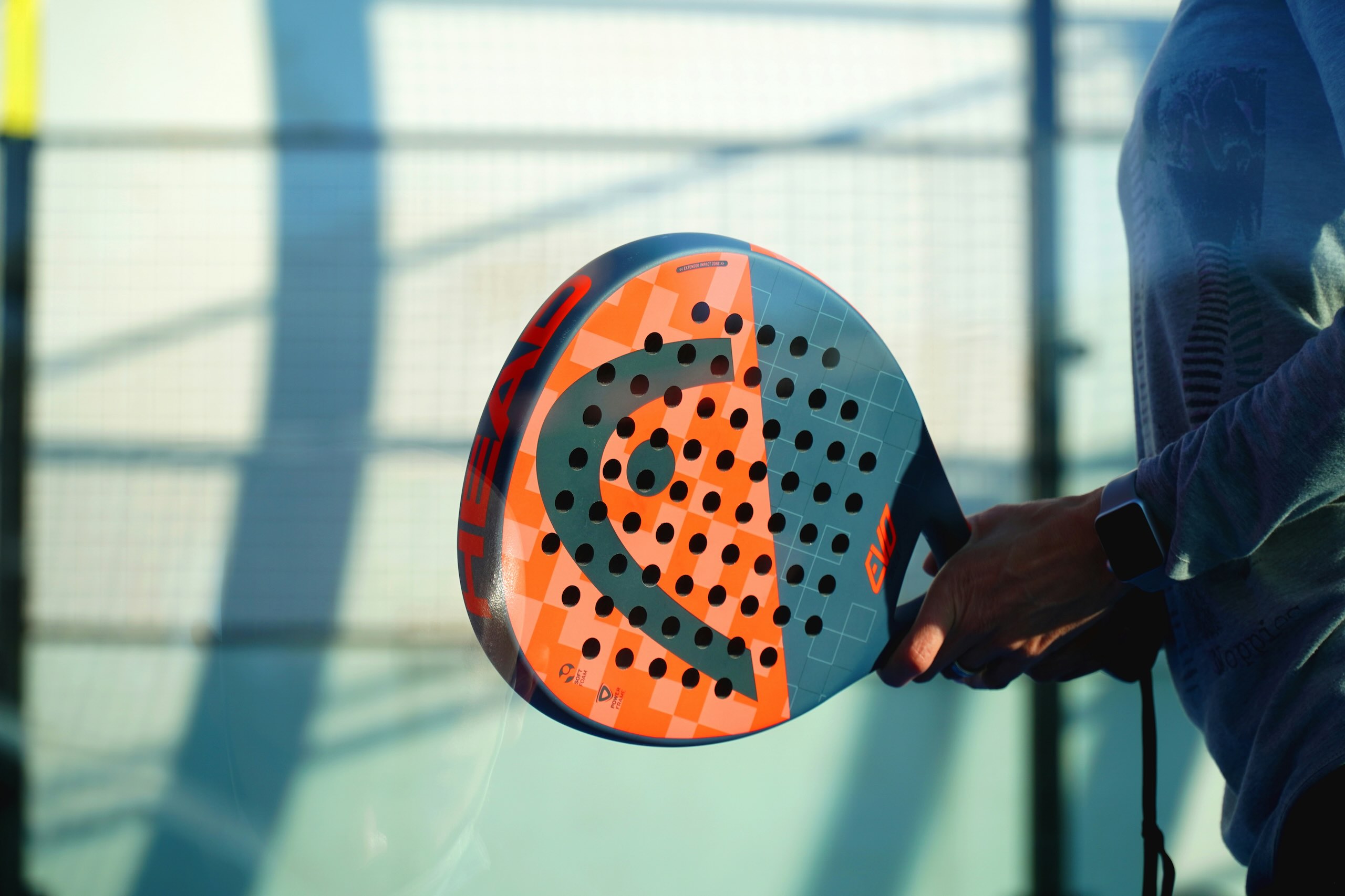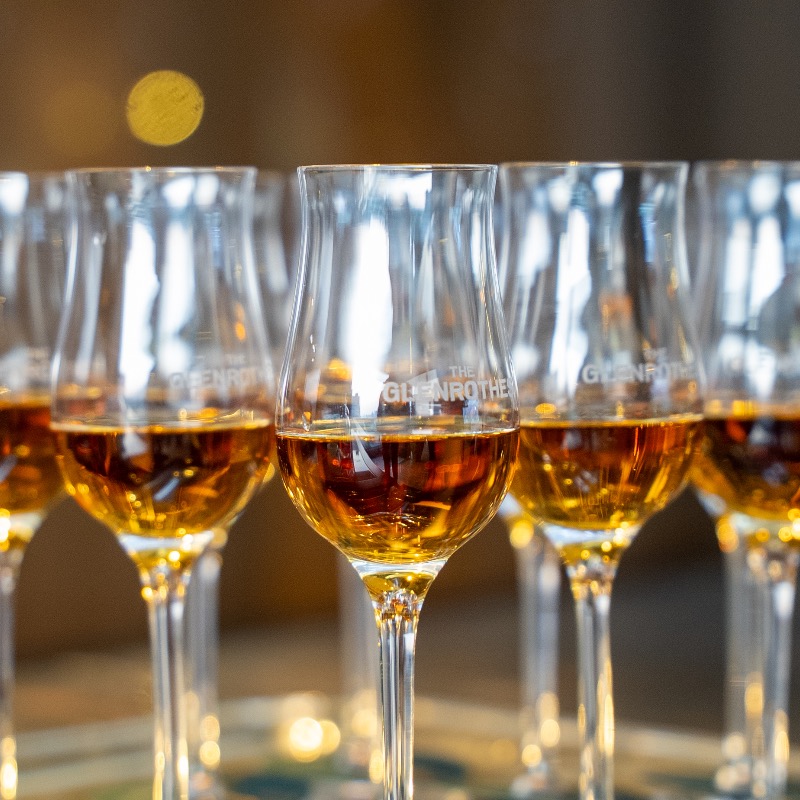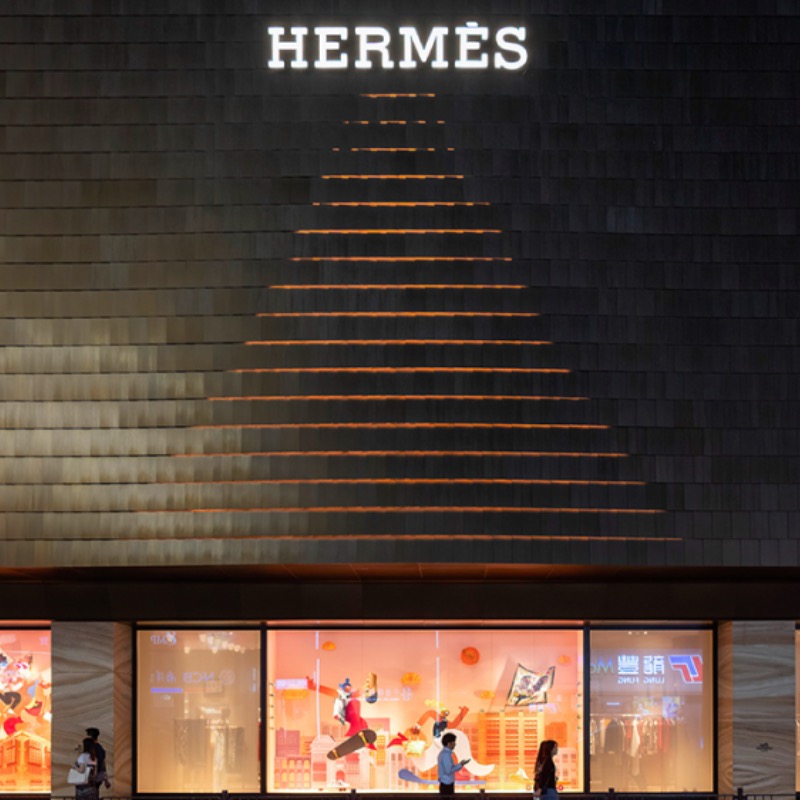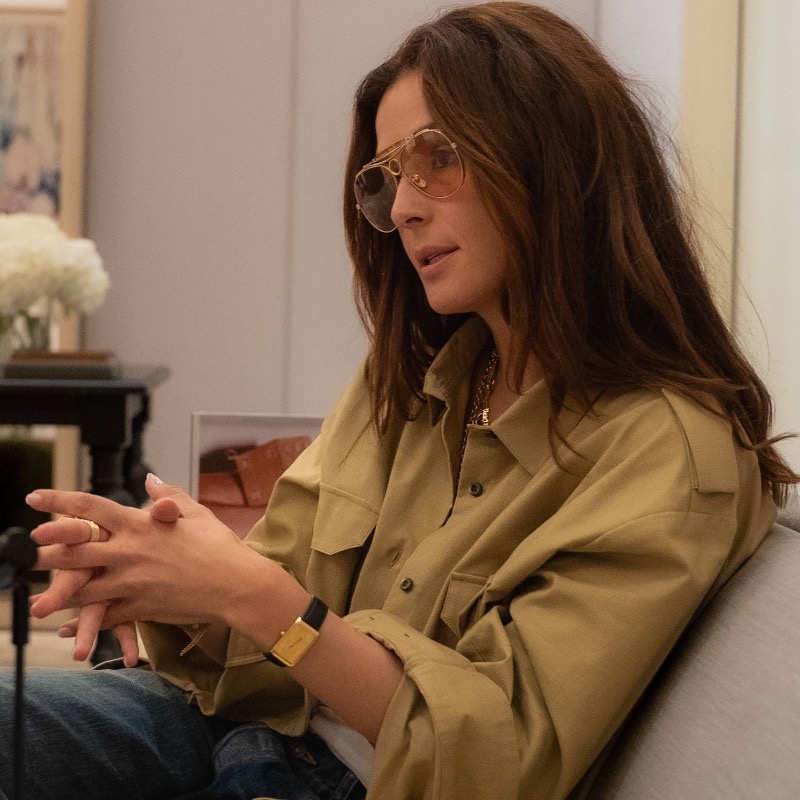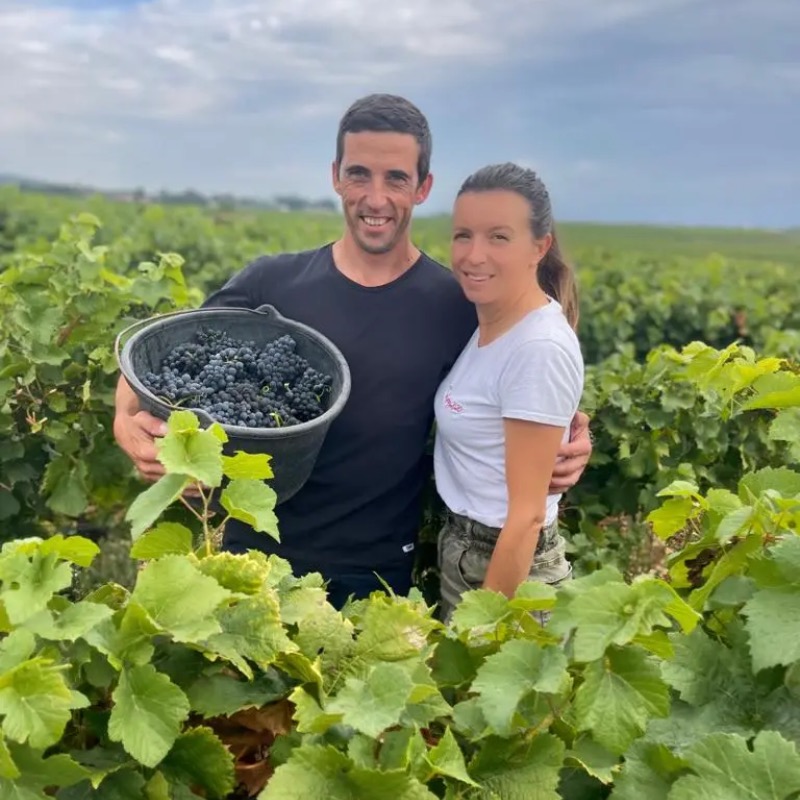It’s ball time! Let’s start with that great phenomenon, padel. (Yes, there’s also pickleball, which is more or less the same, although pickleball is played with flat paddles, hard balls with holes, and upsets the neighbours each time a paddle pings a ball.) Padel, with stringed racquets and soft tennis-like balls, is much more sociable. It also has history. Although its birth is credited to Enrique Corcuera after he modified a squash court in Acapulco in 1969, since the 1950s, he and others had been bashing at will, hitting balls against walls and making up rules as they thought fit, at the moment.
Now, padel has been regimented, with rules. It’s been popularised in Hong Kong by Padel Plus, started by father-and-son duo Weston and Curtis Yu and top Belgian coach Sebastian Ortega, with the support of Swire Properties.
Despite their enthusiasm, however, their team was sadly trashed in the first Asia-Pacific Padel Cup, held last 19 to 22 September in Amare Padel Club Umalas, Bali. The 14-player Indonesia team, coached by Dani Bressel, managed to squash the Philippines 3–2 in a fierce final (other competitors were India, Malaysia, and Singapore).
Padel might think it is taking over the world, but it has to compete with other sports. Think rugby—this year sees a tour by the British and Irish Lions, who will be playing three test matches against Australia’s Wallabies. They will be in Brisbane, Melbourne, and Sydney playing matches on 19 and 26 July, and 2 August—that gives the players plenty of time out, but those guys obviously get damaged from time to time. Langham, which has hotels in all three Aussie venues, is already designing themed afternoon teas. Pale pink, oval-ball-shaped one-bite cupcakes, anyone?
Two of the Lions will miss out on the second test as they will be running 1,000 kilometres after the first test in Brisbane, south to Sydney in time for the third test. They will be slogging 70 kilometres a day, in aid of Dallaglio RugbyWorks, founded by three-times Lions player and rugby legend Lawrence Dallaglio to support young, vulnerable people through the sport.
Did anyone ever associate rugby with high fashion? Another rugby legend, Irish Lion Willie Anderson, who played for Ireland from 1984 to 1990, has two sons. One’s also a rugby professional. The other, Jonathan Anderson, is a fashion maestro at the age of 40. He has founded his own house, JW Anderson, but he always wears another hat. He’s variously helped Michael Kors-owned Versace’s Diffusion Line Versus, Fast Retailing’s Uniqlo, and LVMH-owned Loewe—which has minority share of JW Anderson. It’s now authoritatively rumoured that Anderson will become the creative director of one of LVMH’s major fashion brands. (This polymath, by the way, seems to create 18 different collections each year, and yet he has time to be on the board of trustees of London’s V&A Museum.)
Millennials and the even younger fashionistas want high-tech athleisure wear, and gear inspired by the new era, according to such pundits as Jing Daily: leather, moody, dark colours, and chains, which leads to the popularity of up-and-coming designers that we now obviously need to hear about. Think South Korea’s Thug Club, already up there with Under Armour and Off-White, created by the much-missed Virgil Abloh and sold last September to Bluestar Alliance by LVMH—it’s hard to keep up to date.





